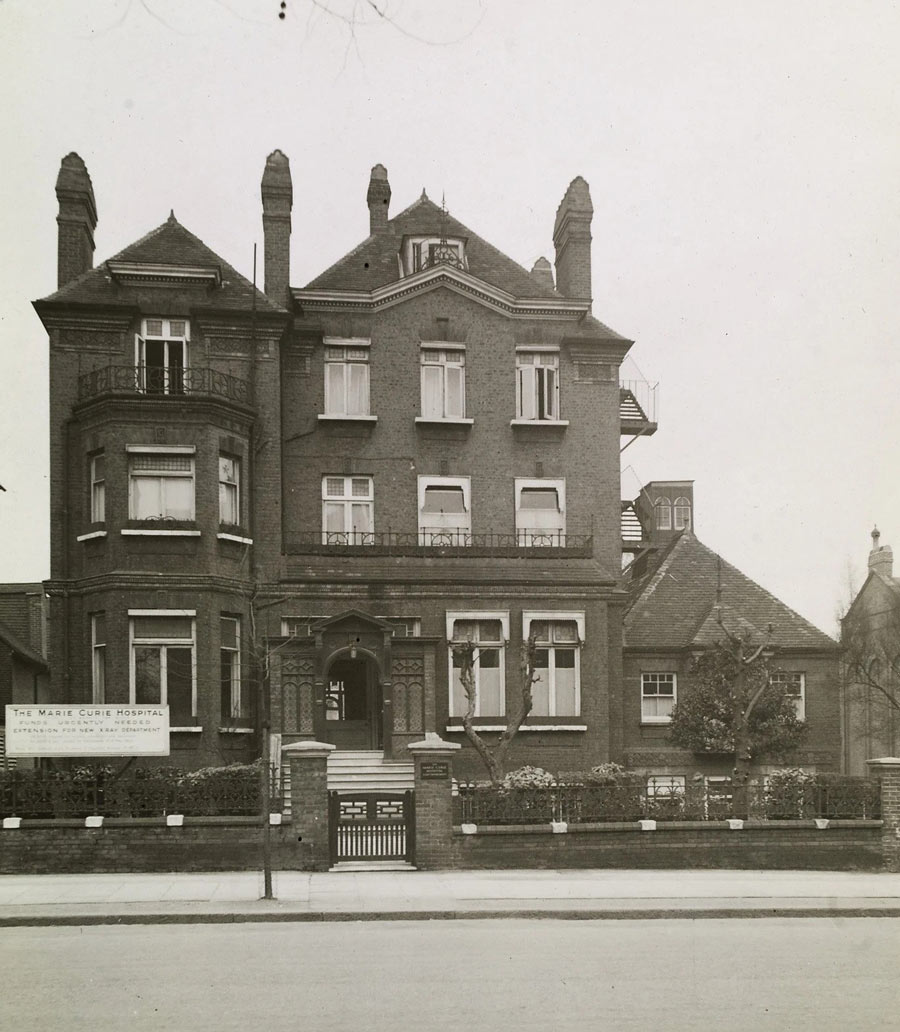For centuries, it seems that the diagnosis of gynecological diseases wasn’t easy for doctors, due to the fact that patients felt ashamed and it was difficult for them to communicate their discomfort to the (man) doctor openly.
Already in the 14th century, Jacoba Felice said that the era of chastity meant that women were not receiving the necessary treatment and care. Women died before telling their sufferings to a man. Centuries later, in the 19th century, mastectomies were performed when breast cancer was suspected. John Rodman argued that women’s weak constitution led them to develop breast cancer. His mood could exacerbate the lymphatic glands and for him this type of cancer was something endemic for middle and upper class women, as the more “civilized” they were, the more likely they were to suffer from it.
The world was changing but women were still subject to centuries of myths created about the defects and inferiority of their female biology. At the beginning of the 20th century, fibromas and different cancers began to be treated with X-ray therapy, later radiotherapy would appear. In that century, women faced a battle to reclaim control of their bodies and lives that were under medical oppression. Women were suffering due to the lack of knowledge and research. Thus, in 1930 in Hampstead, the first cancer clinic led BY women FOR women appeared.
This clinic was founded by women doctors for the radiological treatment of women suffering from cancer and related diseases. Named the Marie Curie Hospital, after the Nobel Prize-winning scientist for her discoveries in the field of radioactivity, it opened in 1929 (but was officially opened in 1930). A 30-bed hospital that was to be staffed entirely by women.
The increase in the demand for treatment made it necessary to open an Out-Patients Department the same year, so that previously treated patients could be followed up. Radio treatments were mainly for gynecological cancers, but radiotherapy for breast carcinoma had to be done in other hospitals as the Marie Curie Hospital lacked the necessary equipment.
The demand for additional beds and the need for its own X-ray equipment led to the purchase of the adjoining building in 1933. In March 1937, a new building for research laboratories and a Nurses’ Home was opened. By then, the Hospital had 39 beds and facilities for radiotherapy and X-rays, hostel accommodation for out-of-town patients, and modern pathology and research laboratories.
The hospital didn’t stop growing, until the outbreak of World War II. The buildings, except for the new wing and the hostel, were completely destroyed by a bomb. No casualties, since the patients had been transferred. After the war, appeals were launched for funds to build a new 100-bed hospital on the site of the old one, and in 1948 sufficient funds were raised. It was the beginning of the NHS (National Health Service) because after the war a health system financed with public funds was established in England. But due to the medical equipment that had been acquired during those years, the hospital facilities became inadequate compared to other hospitals. So in 1965, it was decided to move the Hospital in its entirety to Mount Vernon Hospital, where the equipment of a modern radiotherapy department would be available. The Marie Curie Hospital closed in 1967.
That a group of women decided to found this clinic was because they saw how women died for not being properly attended. It was not only to help improve their health, but to help them lead their lives free from social oppression.
And for this reason, today, a century later, we must continue occupying spaces and helping to fill in the knowledge gaps that continue to exist around our well-being.
References:
Cleghorn, E. (2021). UNWELL WOMEN. A Journey Through Medicine and Myth in a Man-Made World. The Orion publishing group.
Marie Curie. Care and support through terminal illness. Learn about Marie Curie’s history. https://www.mariecurie.org.uk/who/our-history



